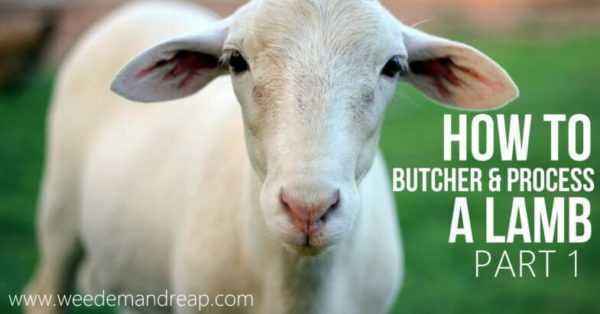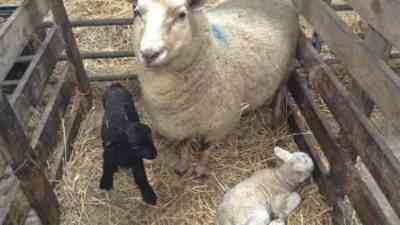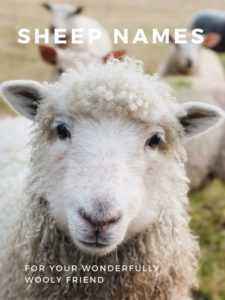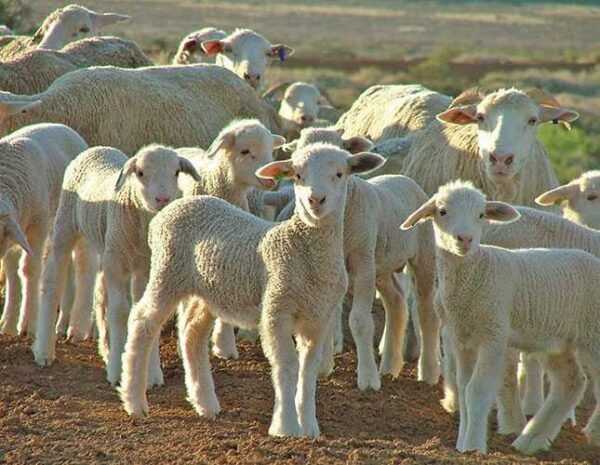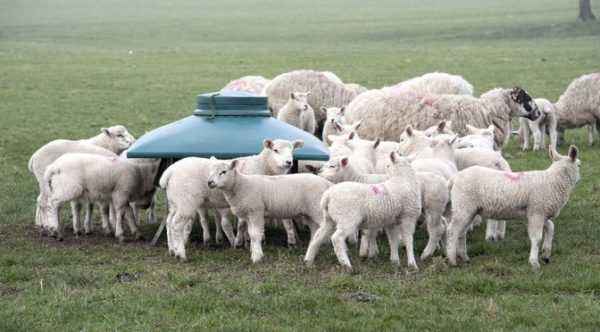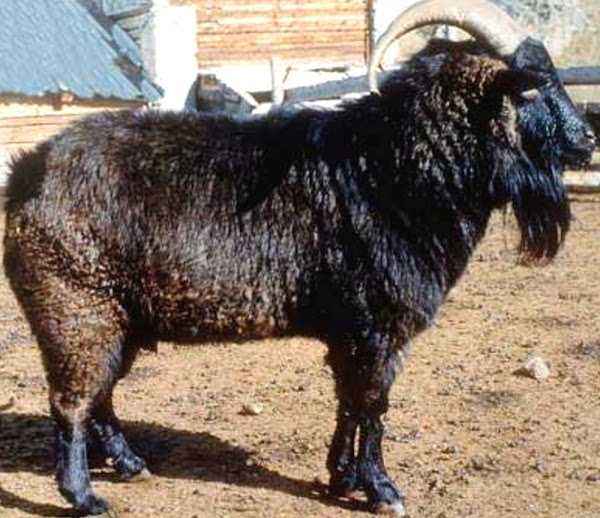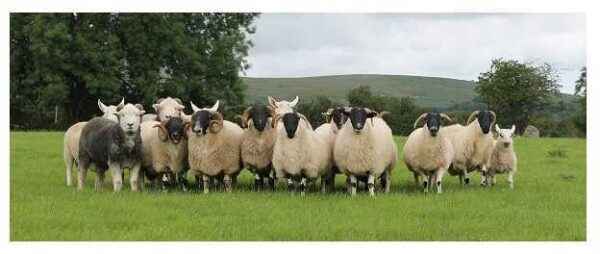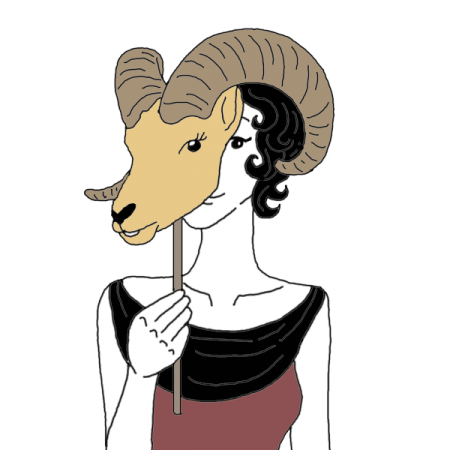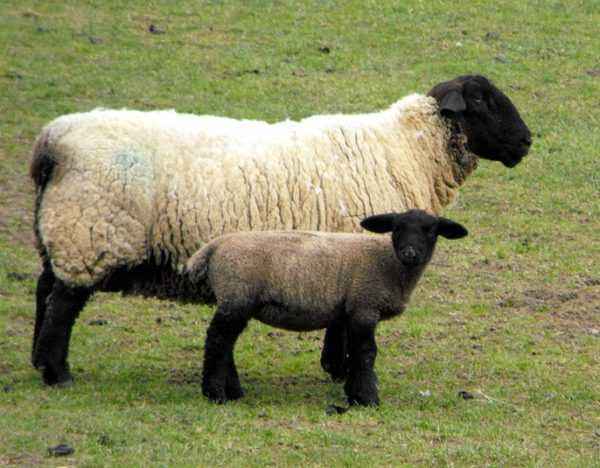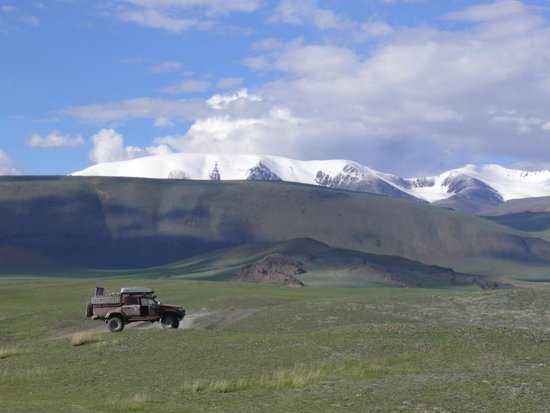Mountain sheep Arkhar is a herbivore animal from the order of artiodactyls, family of bovids, and the genus of rams. It is called ovis in Latin.
- Appearance description
- Habitat and habitat
- Reproduction
- Subspecies of Arkhars
- Problems of conservation of the species
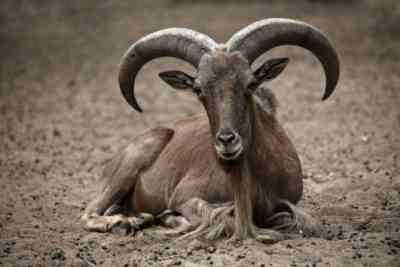
Characteristic of the mountain sheep
This ram was first described in the 13th century by the Franciscan monk Wilhelm von Rubruk, who traveled around Mongolia.
Marco Polo saw and described these animals on the palmyra, and in the 18th century German provided detailed data on the Arkhars researcher Johann Georg Gmelin under the name Argali, consonant with the Mongolian name.
Now this species is considered endangered, hunting for it is prohibited. The Red Book of many countries of Central, Central and East Asia contains information about Arkhars.
Description of the appearance
Arkhara mountain sheep are the largest among all varieties of this genus. In the scientific classification, the name of the species sounds like Ovis Ammon. The second part comes from the name of the Egyptian god Ammon, who, according to legend on the eastern side of the world, has turned into a ram. He was often portrayed with long curled horns.
These are beautiful animals with a proud bearing, a slender body and long legs. Due to the impressive horns, their head throws back. Here are the main appearance parameters and description:
- Body length for males – 1.7-2 m, for females – 1.2-1.5 m.
- Ram height – 106-125 cm, sheep – 95-112 cm.
- The weight of males is 110-170 kg (in exceptional cases – about 200 kg), the weight of females is 60-100 kg.
- The base of the skull in males is 25-35 cm, in females – 23-30 cm.
- The head is large, massive, with a straight or slightly humped profile, in females the head is more even.
- The muzzle is pointed (in females it is narrower), with white hair and light nostrils.
- Ears are very mobile, with tassels at the tips.
- Males have long horns twisted into a ring or spiral, the tips bend up, their length can reach 2 m, their weight together with the skull can reach 40-50 kg, make up 13% of the total body weight.
- The females have small horns, 5 cm to 60 s m, slightly bent back and sickle-curved, like goats, sometimes hornless lambs are found.
- The neck is relatively short, massive.
- The chest is wide and well developed, with a girth of 120-135 cm .
- The body in general body proportions looks slender and slightly shortened.
- The metacarpal and metatarsal bones on argali legs are elongated, neither a mountain goat nor a bighorn have such a structure, this allows Arkhar run fast along the plain and cleverly climb steep slopes.
- The hooves in front are 4-4.5 cm long and 2-4 mm shorter in the back.
- On there are 2 extra hooves on the back of the legs.
- Straight tail, up to 18 cm long.
The color of Arkharov’s coat varies from sandy yellow (almost white) to brown brown, in winter the fur darkens.A white spot is distinguished in the lumbar region of the rams, the belly, the inner surface of the forearms and thighs, and the muzzle are painted in the same color. On the nape of the male, the coat is longer, colored in a lighter tone. The mountain sheep and the goat are somewhat similar, but Arkhar has no beard, his horns are more and more twisted. Rams, unlike goats, do not have aromatic glands that give a specific smell of wool.
Habitat and habitat
Mountain sheep of the Argali variety or Arkhar live in some areas Central and Central Asia, in Mongolia, Kazakhstan in the east and west of Siberia. Included in the range of the Tien Shan Range, Palmyra, Sayan. There are argali in the foothills of Nepal, the Himalayas, Tibet, and some parts of Dagestan. Now it covers an area of about 10,000 km², it used to be much larger and covered almost the entire Asian region.
Herds live at an altitude of 1300-1600 m, prefer plateaus and gentle slopes. Although animals can often be seen on the rocks, especially where domestic animals are crowding them out of more fertile and even areas. Individuals prefer open spaces, migrate to valleys in winter and early spring, and in summer rise high up in the mountains, on the border of alpine meadows and eternal snows. Horizontal migration is poorly expressed, carried out in the range of 30-40 km².
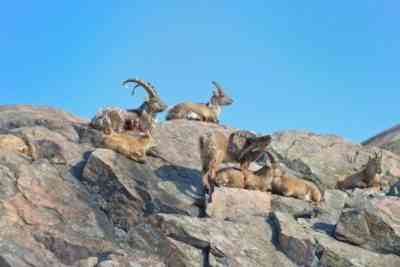
The habitat of the mountain ram
Otar Arkharov consists of 30-100 individuals, the largest herds now live in Mongolia. In the period between gonas, males and females with cubs stay separately. Sheep form rather large herds, rams violently drive away from them. Males live in bachelor groups of 6-10 heads.
The high-mountain sheep eats almost all the plants that can be found on the meager mountain slopes. In summer, animals rise to the area of alpine meadows, where they find succulent grass rich in fiber. In winter, if the snow layer exceeds 10 cm, they descend into the valleys. From under the snow, sheep produce last year’s dry grass, moss, lichens. A large beast requires a lot of plant food, a day he eats about 18 kg of food. With a lack of food in the winter, many weak individuals die.
Live argali in constant motion, moving from pasture to pasture in search of better food. They are very mobile, run perfectly along the rocky mountain slopes. They can jump gorges up to 5 m wide and climb rocks. They run on the plain at a speed of 50-60 km / h.
The animals are timid, with the slightest alarm they are taken off and run away. The natural enemies of the Arkhars are wolves, lynxes, wolverines and snow leopards. They do not significantly affect the population, since they destroy only weak animals. Much more harm to the Arkhars is done by people.
Reproduction
The rutting season for Arkhar mountain sheep begins in October or November. At this time, rams and lambs form common groups. The laws of polyandry and polygyny apply in them; several females and males participate in the mating at once. Sheep reaches puberty already in 2-3 years, sheep only in 4-5 years, males take part in reproduction after 5 years. Before mating, the rams arrange fights so that the females choose the strongest.
The female’s pregnancy lasts 150-160 days, which is 40-50 days more than that of a domestic sheep. Lambs are born in spring when the amount of food increases. Before giving birth, the female is removed to a secluded place. The process lasts 20-30 minutes, the newborn lamb weighs 3-4 kg.
Most Arkhars give birth to one cub, twins appear extremely rarely. The little lamb almost immediately stands on its legs and is applied to the nipple. The sheep lives separately with its lamb for about a week, then joins the herd.
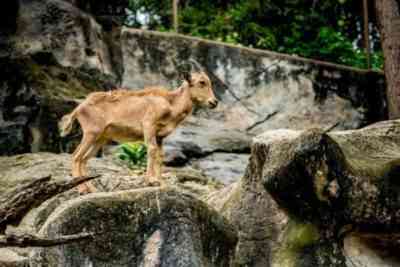
Lamb rocks mountain Arkhar
Lambs in a herd to stick together, constantly play among themselves. From the second week, their horns begin to grow, and from the month the pets already eat weed. They are fed milk for 4-5 months, the same time the female takes care of her offspring. From 5 months, the lambs completely become independent.Severe living conditions allow only 50-55% of young animals to survive, because of this, the Arkhar population cannot grow rapidly. The total life expectancy of Argali mountain rams in the wild reaches 10-13 years, but many individuals do not survive up to 6 years. This species can live in zoos for 18 years.
Subspecies of Arkhars
The subspecies or species of Arkhars of mountain sheep live in different regions. They differ in size, coat color, some features of standing and behavior. According to modern classification, there are about 9 subspecies:
- Altai mountain sheep Arkhar. Lives in Mongolia, including the Gobi Desert, Tuva, in the east of Kazakhstan, south-west of Altai and Siberia, some other regions of East and Central Asia. It is considered the largest of all argali.
- Kazakh mountain argali. Settled in the mountains of Kazakhstan, near Lake Balkhash, in the Kalba part of Altai, the regions of Monrak, Saur, Tarbagatai. It is considered one of the symbols of this country. The wool of the sheep is light brown with a gray tint, the length of the horns is about 120 cm, they are twisted into a ring.
- Tibetan ram. This large subspecies is called so because it lives in Tibet, as well as in the Himalayas in India and Nepal. It has a gray-brown coat, slanting horns, located almost parallel to the head, twist in a spiral.
- Tien Shan Arkhar. It is for the first time described in 1873 and allocated in a separate subspecies.Lives on the Tien Shan, in the Chu-Ili mountains, in some areas of Kazakhstan, Kyrgyzstan, China.
- Pamir subspecies, or ram Marco Polo. Its habitat is Tajikistan, Kyrgyzstan, Afghanistan, and some regions of China. This is a beautiful horned look with a red tint of wool on the sides and back. It was first described by the famous Italian traveler, on behalf of him got its name.
- Gobi breed or subspecies. It lives in Mongolia, in the Gobi Desert, below 45 ° north latitude, as well as some Chinese provinces in the same region. It differs in a little smaller size than other Arkhars.
- Karatau subspecies. Herds of these sheep used to be found in the valleys between the Syr Darya and Amu Darya, in the south of Kazakhstan, in the mountainous part of the Kyzylkum desert. Now they can be found only in the Nuratau mountains in Uzbekistan or on the Aktau ridge (western Kazakhstan).
- North China Arkhar. The subspecies lives in the foothills of Tibet. It is distinguished by beautiful horns, bent by a sickle, light wool of a gray-sand shade.
- Kyzylkum mountain sheep. Lives in the Kyzylkum desert, in Kazakhstan. According to recent data, its population does not exceed 100 individuals, so the species can be considered almost extinct.
Not all subspecies of modern zoological taxonomy and classification are attributed to the Arkhars. For example, Kyzylkum sheep are now bred as a separate species.The closest relatives of Arkhar are Mouflon and Ureal, who live in approximately the same regions, but their habitat is wider.
Problems of conservation of species
Wild mountain sheep Arkhar and all of its subspecies are very few, some are threatened with complete extinction, which is why they are listed in the Red Book of many countries, including Russia, Kazakhstan, Mongolia, China. Not only hunting animals, but also selling skins, horns and other parts of the carcass is prohibited. Despite all the protective measures, the number of animals is constantly decreasing. The Dagestan population, the difficult situation of the Arkhars from the Kyzyl Kum desert, almost disappeared.
The huge massive argali horns are the main trophy of hunters of poachers. Their price on black can reach 10 thousand US dollars. No matter how much the authorities struggle with the illegal sale of horns, clandestine trade is quite intense. Shooting is conducted even in strictly protected areas, especially in Russia, Kazakhstan, Mongolia, and the Central Asian countries. In addition, this organ is often used in Chinese medicine, which jeopardizes the existence of Tibetan and Palmyra varieties.
In addition, the livestock is threatened by human life.The main risks are:
- grazing a flock of domestic sheep;
- the construction of various buildings and barriers on the routes of migration;
- the construction of railways and roads in habitats ;
- mining.
The intensive development of agriculture, while maintaining free grazing, significantly undermined the population in Mongolia. The disappearance of argali in Eastern Siberia is associated with the development of mineral resources in this region. Chinese animals suffer from intensive population growth, laying roads even in hard-to-reach areas, the emergence of new settlements.
To survive mountain sheep and the species of this animal, protected areas are created where it is not only forbidden to hunt, but also to graze livestock, engage in mining operations. their breeding in captivity.
Arkhars take root well in zoos and give healthy offspring. This gives hope that over time it will be possible to populate new individuals in areas where the herds have long disappeared.

